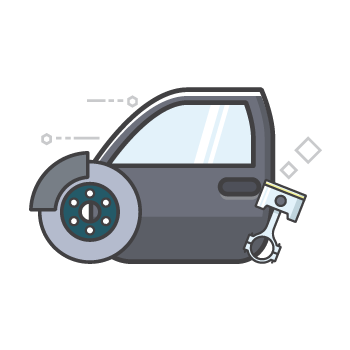How to Deal with Job Burnout Plus What You Can Do to Get Back on Track
by Carolyn Lee Apr 4, 2022

There are days when we feel tired on the job. We may have had a busy week or stayed up too late the night before.
Some may experience disinterest in work, unexplained irritability, or frequent illnesses in addition to being tired. All of these are symptoms of job burnout.
We are looking at how you can identify the symptoms of job burnout and what you can do to get back on track.
What is job burnout?
Job burnout refers to work-related stress. It isn’t a recognised medical condition. However, it can result in mental, emotional, and physical exhaustion. The term burnout gained popularity in the 1970s when American psychologist Herbert Freudenberger used it to describe the impact of stress on persons working in vocational professions. Today, job burnout has become relatively common among people working in different industries.
Is burnout a medical condition?
While burnout is not a medical diagnosis, experts believe depression can contribute to burnout. Other factors include family life and personality traits. Job burnout can impact our mental and physical health.
What contributes to job burnout?
Burnout happens over a long period and can create a feeling of hopelessness. Excessive and prolonged stress is one of the main contributors to job burnout. Stress may result in some work-related challenges.
How does job burnout affect your work?
Job burnout can lead to poor performance, insomnia, heart disease, hypertension, Type 2 diabetes, fatigue, and alcohol or drug abuse.
What are some of the common symptoms and causes of burnout?
Persons dealing with job burnout may feel demotivated, disinterested in work, and inefficacy. Some may struggle with concentrating, have low energy, and notice changes in their sleep pattern. Regular absences from work and frequent pain and muscle aches are also symptoms of burnout. Poor work-life balance, toxic work environment, intense work periods, and unclear job expectations can cause burnout.
What can you do to get back on track?
You can reduce the impact of job burnout by creating new habits that support your overall health and wellbeing. A life audit can help to identify areas that you have difficulty managing. Focus on what you can control. Watch out for triggers in your work environment by assessing what makes you demotivated or unhappy. Also, work on enhancing your work-life balance. Other things you can do include setting clear and practical boundaries, practicing mindfulness, resting, eating well, and exercising.
What else should you know?
Burnout comes in stages. During the initial stage, persons may feel compelled to prove themselves, work harder, neglect personal needs, or experience withdrawal. Over time, they may exhibit odd behavioural changes and can develop depression. Burnout can be debilitating, but you can take action to reduce its impact.
We hope this information helps you. Stress and depression may contribute to job burnout. If you are struggling with depression, use our Find Yello listings to search for a therapist, psychologist, or related services near you.








